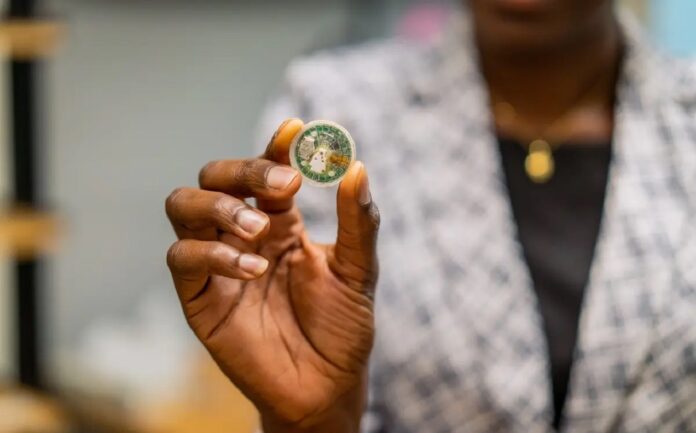A study from Dartmouth University found that people with diabetes tend to have better blood sugar levels from April to September when it’s warmer. They used data from glucose monitors worn by 137 people with type 1 diabetes, ranging from 2 to 76 years old. The study looked at over 91,000 days of data. It showed how diabetes management changes based on the patient’s month, day, age, and experience.
Temiloluwa Prioleau, assistant professor of computer science and one of the study co-authors, said, “We’re looking for specific patterns that could potentially inform clinical guidelines and set the stage for targeted interventions.”
According to co-author Prajakta Belsare, an assistant professor at James Madison University, some experts thought that changes in activity, lifestyle, and food habits during different seasons might affect how well people manage their blood sugar.
During the warmer months, when people are more active, their blood sugar stays healthy for more of the day than usual. But in the colder months, from October to February, they spent less time with normal blood sugar levels.
During holidays, like Christmas and New Year’s Day, people of all ages had a more challenging time keeping their blood sugar in the suitable range. Surprisingly, even on Independence Day, a warm-weather holiday, blood sugar control wasn’t great.
The researchers also looked at daily and weekly patterns. They found that blood sugar levels tended to be better from Monday to Friday, especially during typical work hours from 9 a.m. to 5 p.m. Weekends had less consistent blood sugar control, suggesting that weekday routines were helpful.
One interesting finding was how different age groups managed their blood sugar.
Belsare said, “We found that young adults in the 19-to-34 age range were less proficient at managing blood glucose.” This likely reflects the struggle that newly independent adults face in caring for their health without the oversight of parents or caregivers.
Prioleau said, “The paper doesn’t examine the factors driving the patterns they see. “I think the answer for the ‘why’ would differ for different people. Our goal is to highlight what we’re observing at a population level. Hopefully, this will encourage people to leverage their past data to inform and shape their future care through behavioral changes when feasible or other types of intervention.”
According to Andrew Crawford, a medical professor not involved in the study, this research could make doctors more aware that some patients may need extra guidance during certain times of the year.
As a doctor who treats people with diabetes, Crawford said the study’s findings match what he observes. People are less active in colder months and tend to eat more sugary foods during holidays. In warmer months, people are more engaged, which helps insulin work better and controls blood sugar.
Andrew Crawford, a medical expert, found it surprising that the seasonal changes in blood sugar levels, especially around holidays, were different for people of different ages and those who manage their diabetes differently throughout the year. This highlights that individuals primarily control diabetes, and those less experienced in handling it may need extra help during holidays to avoid high blood sugar.
Prioleau said, “Access to patient data, like that collected from wearable sensors, is crucial for research and patient care.” In a previous study, she and her team created an anonymous dataset that researchers can use to understand diabetes better. “Personalizing diabetes management is a big question,” she said, “and by studying each person’s unique data, we can work towards achieving the best outcomes for them.”
The Dartmouth study examined how blood sugar changes with the seasons and holidays for people with diabetes. It shows that each person may need a unique plan to manage their diabetes, especially during holidays and as they age. Knowing how seasons and daily routines affect blood sugar can help doctors give better advice and support to people with diabetes. This can lead to better health for people with diabetes in the long run.
Journal reference:
- Prajakta Belsare, Abigail Bartolome, et al., Understanding temporal changes and seasonal variations in glycemic trends using wearable data. Science Advances. DOI: 10.1126/sciadv.adg2132.
